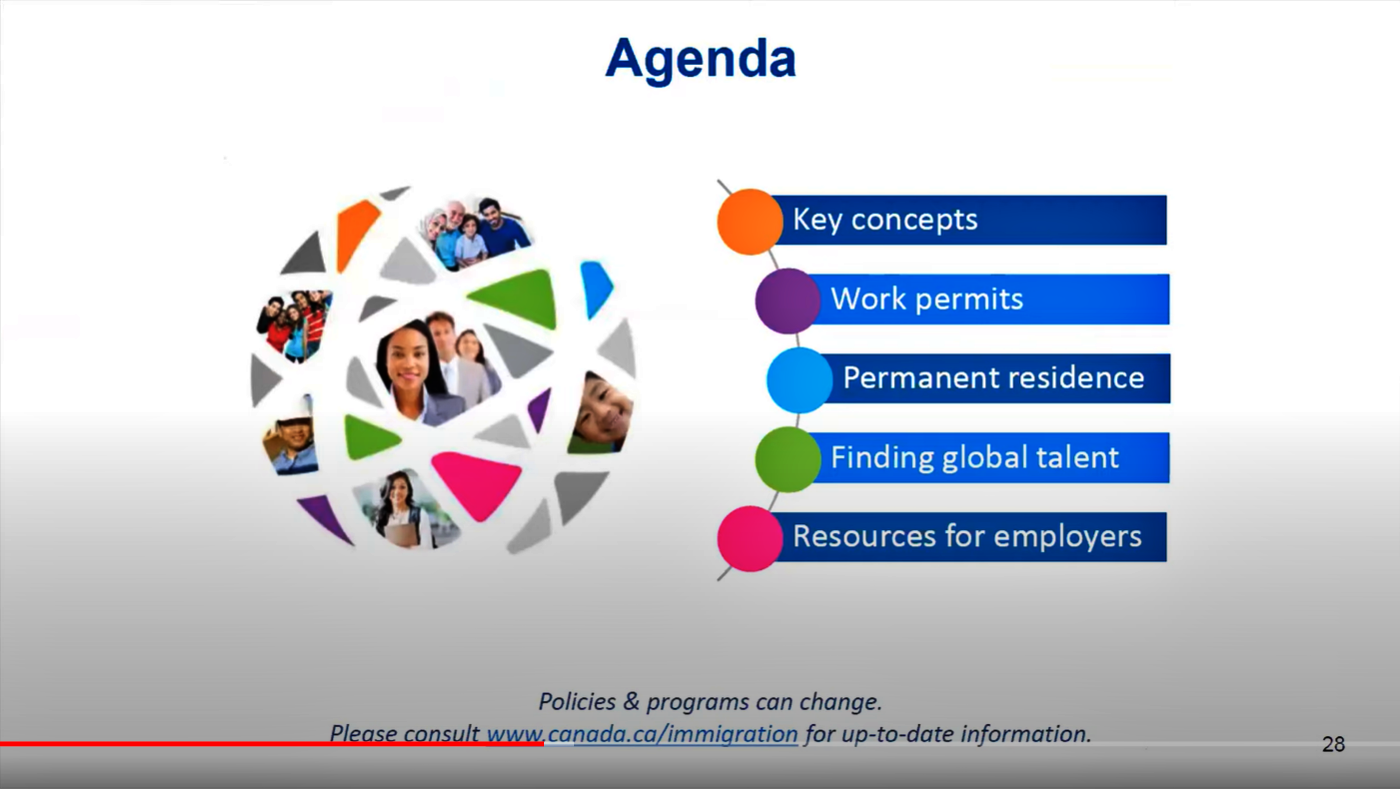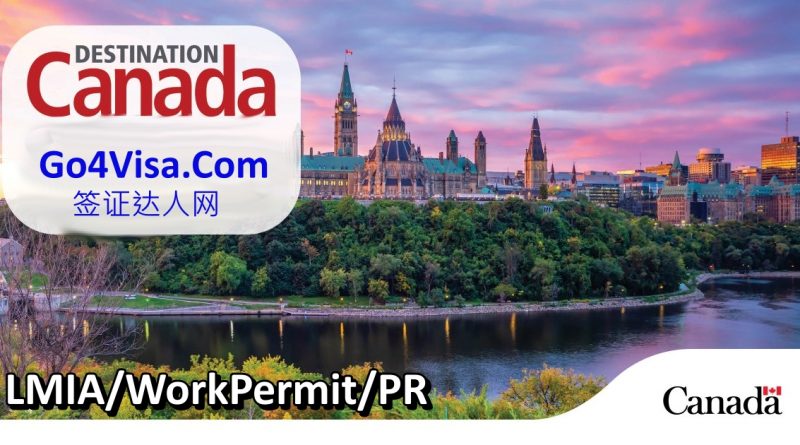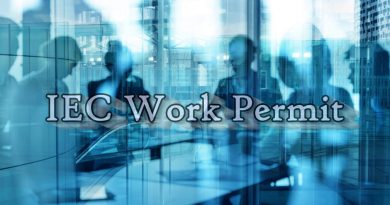Info Session: Canada’s Economic Immigration Programs
Presenter: Darcy Bromley, an outreach officer with immigration refugees and citizenship canada
I am darcy brownlee from ircc to share information on federal immigration programs great well thank you so much alex and you’ve provided all of that information about the provincial nominee program and so now we’re going to take a step further back and understand how processes work from a federal immigration perspective and so my name is and my role is to help canadian employers learn how canada’s economy economic immigration programs can be used to support hiring needs and help drive economic growth and so just as we’re waiting um for the slides to come up

- Key concepts
- Work permits
- Permanent residence
- Finding global talent
- Resources for employers
Policies & programs can change.
Please consult www.canada.ca/immigration for up-to-date information.
i just want to say a big thank you to child care bc for hosting today’s event. as outreach officers throughout canada we provide information sessions to help employers understand the economic immigration options that you can use to access global talent and meet your hiring needs so thank you so much for your interest in learning about this very complex subject and some of you who are new to this field may be asking yourselves why hire global talent and so we did hear earlier about the workforce and supply challenges and that is the obvious answer is is to fill up skill shortages the canadian labor market is tighter now than before the pandemic and job vacancy rates reached a historic peak in the third quarter of 2021. much of the unmet demand is in lower wage occupations and according to statistics canada november 2021 the following sectors were facing the highest number of vacancies in accommodation and food services health care and social assistance retail trade and manufacturing are some of the highest vacancies so just before we continue today um i wanted to make a note that the information is relevant as of today’s date but policies often change and over the last while we’ve seen a lot of changes um happen quite quickly so please refer to the ircc website for the most up-to-date information also if you um wish the presentation
slides are available in both french and english so we’ll move on to the next slide and
look at what is our agenda for today um and as i said immigration is a complex topic and my goal is to provide you with a basic overview and the most important thing i’d like you to take away is this is ircc provides services to help employers navigate the immigration system at the end of the presentation i will share contact information so that you can reach out to us when needed so here’s a snapshot of what we’ll cover today we’ll talk about some of those key concepts you heard some of them already mentioned about um the knock and the lmia so we will go a little bit more into detail about that um we’ll probably provide an overview of the work permits and permanent immigration programs where to look for skilled workers and resources to help support you
next slide please

“Work” is defined in the Regulations as an activity for which:
- ✓ wages are paid or commission is earned, or
- ✓ that competes directly with activities of Canadian citizens or permanent residents in the Canadian labour market
To work in Canada, a foreign national requires a work permit (unless exempt)
so first let’s start with some key concepts what is work what you and i might define as work may be different than how the immigration act defines work but immigration refugees and citizenship defines work as an activity for which wages are paid or commission is earned or that competes directly with activities of canadian citizens or permanent residents in the canadian labor market so to work in canada a foreign national requires a work permit unless there is an exemption next slide please and i wanted to make sure that we’re all familiar with this key resource um that is used in immigration you’ve heard of alex speak to it already it’s often referred to as NOCs which stands for the national occupational classification this tool classifies all occupations in the canadian economy by skill type and level and it’s important for our purposes is to understand the jobs classified as noc which is managerial knock a professional usually requiring a university degree and NOCs b technical or skilled trades require which require post-secondary education are considered skilled this is a key concept as it this classification is used by ircc when we’re assessing eligibility for various immigration programs if you want to hire a foreign worker you’ll need to know the knock code before you make a job offer and before they can apply for a work permit we have an online tool that can help you and it’s called find your knock and the link is provided here for example if you go to this link and you enter early childhood you’ll get a result for NOC 4214 for early childhood educators and assistants skill level b and examples of some of the titles that are included under this category are child care workers for day care a day care helper early childhood assistant preschool supervisor so there’s a list of close to 10 um titles under that category it also provides a description of duties under this code and so what you need to do is you need to ensure that the duties um match what the title also say so um this one says





